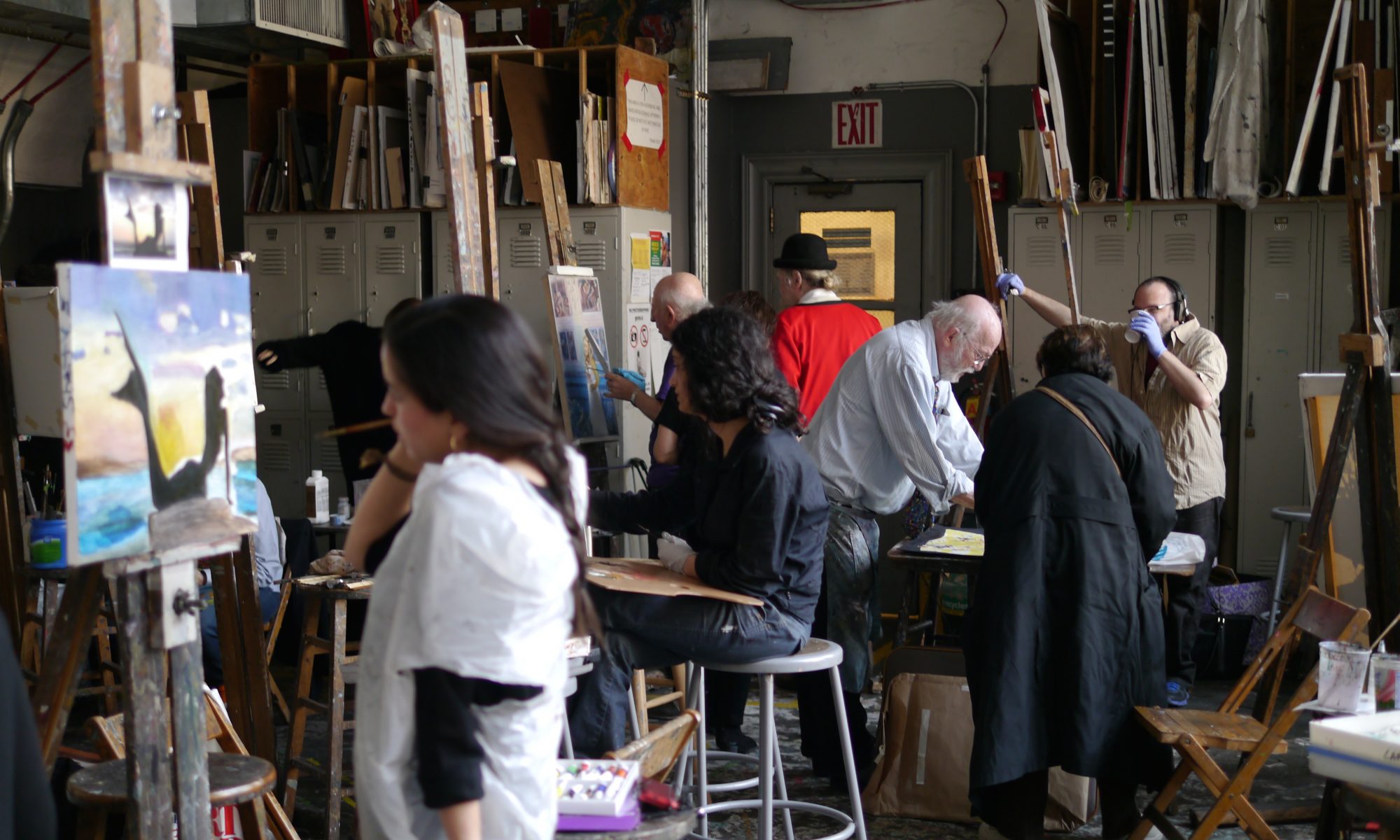The name James Harvey probably means as little to the Art World as it does to the world of soap-box-packaging design. Yet if present standards for judging American art have any validity at all, James Harvey should be considered the most important and influential figure in Pop Art Sculpture. It was James Harvey who created one of the most widely publicized works of art in this century, the Brillo Shipping Carton, Brillo Shines Aluminum Fast and still in spite of this, he remains virtually unknown. What is even more curious about him is that he made his living designing shipping cartons from nine to five every day, while with a much greater devotion he continued to pursue a second career as an abstract artist. He never gained recognition for either.

It would be too easy to dismiss James Harvey as simply a loser. The real problem with Harvey is that he was just a painter trying to make a go of it without any understanding of the art of publicity, promotion, or possibly, the great merit of his own commercial package design. He died at the age of 36 before he could come to terms with a confusing world that overlooked him in favor of Andy Warhol, who was blithely referring to the Brillo box as his own masterpiece. The name Andy Warhol was already a household word. Harvey had to ask himself that if it had been he and not Warhol who had stormed the galleries and proclaimed the Brillo box to be a work of art, would the response have been the same? The question is purely academic since it was the famous Warhol, after all, who discovered the Brillo box. But it posed another question for Harvey: Does the ultimate success of Art today depend on the way it is promoted? And what is the mysterious process that enables a man who discovers a work of art to simultaneously become its author?
The question raised by the James Harvey incident are so basic that unless the Art World as it stands today can find the answers, all subsequent art movements will be similarly challenged, and every cryptic artist will be suspect.
First, let us examine the history concerning the authentic James Harvey Brillo box design. He was employed by a Madison Avenue industrial design company at 165 dollars a week when he created the celebrated masterpiece (the shipping carton) now credited to Andy Warhol. He designed the box in 1962, two years before exact copies where exhibited at the Staple Gallery in New York City. Warhol “was overcome with envy and a sense of beauty” (Time Magazine, 1964) and promptly hired a carpenter to build 120 wooden boxes the exact same size and shape as the Brillo cartons. Photograph screens were then made from the original which were then transferred to the wooden boxes that sold for 300 dollars a piece. Harvey by chance happened to attend the opening of the Warhol exhibit, and was shocked to see his brainchild being credited to another artist. It was even more surprising and hard to take when he learned that art critics reviewed the show and treated his commercial design as art. Although Harvey often remarked that he did not consider shipping cartons to be art, he conceded that he might be wrong. Often in history artists have not recognized their own talent. It occurred to him, however, that never before had one man claimed rights to another man’s work and gotten away with it merely because he recognized it first. Was it now possible that an artist’s work could be copied and exhibited by someone else?
The thought of suing Warhol entered Harvey’s mind, but he could never take the situation for more than a bad joke, so he abandoned the idea and began to contemplate an art world that accepted as art what he had done in order to fulfill a commercial assignment. The carton sold rapidly and began to be shown by museums in Boston, New York, and other major American cities. Harvey realized that he would have to contend with the frustration of watching another professional artist achieve recognition and make money from what he had created.
Brillo boxes are very dated, having long since been overshadowed by dozens of other sensational breakthroughs, schools, and movements in art (such as Op, Stop and Minimalism) except at the Leo Castelli Gallery (which perhaps has not been noted enough for its traditionalism) where the 15 remaining Brillo boxes are selling for 1,800 dollars each. One man employed at the gallery was very willing to talk to me about these time-honored masterpieces.
“Andy has gone on to cover the Brillo boxes with plastic. It’s a new concept!”
“What do you mean, new concept?” I asked. “Is the plastic cover a part of the art work itself?”
“Oh yes – before, the boxes were unprotected, Andy says, and now they’re removed from the world. Oh yes, they’re all signed now too. Andy didn’t used to sign them, you know, but he does now.”
It was futile to go on with the interview in the face of such genuine enthusiasm. Harvey, at least, was spared these latest developments.
After Andy Warhol and the Brillo box came a succession of innovators who wrapped up buildings with canvas, buried their work in Central Park, slaughtered chickens in public, and smashed and broke whatever was destructible. Unless the questions asked here are answered by the small handful that determines what art is today, skepticism will spread among its vast, and at present, unquestioning public. One more question, the final one: How much longer can Modern Art afford to ignore the fly in the ointment, the problem of what to do with the memory of James Harvey?
From The Manhattan Tribune May 3, 1969
